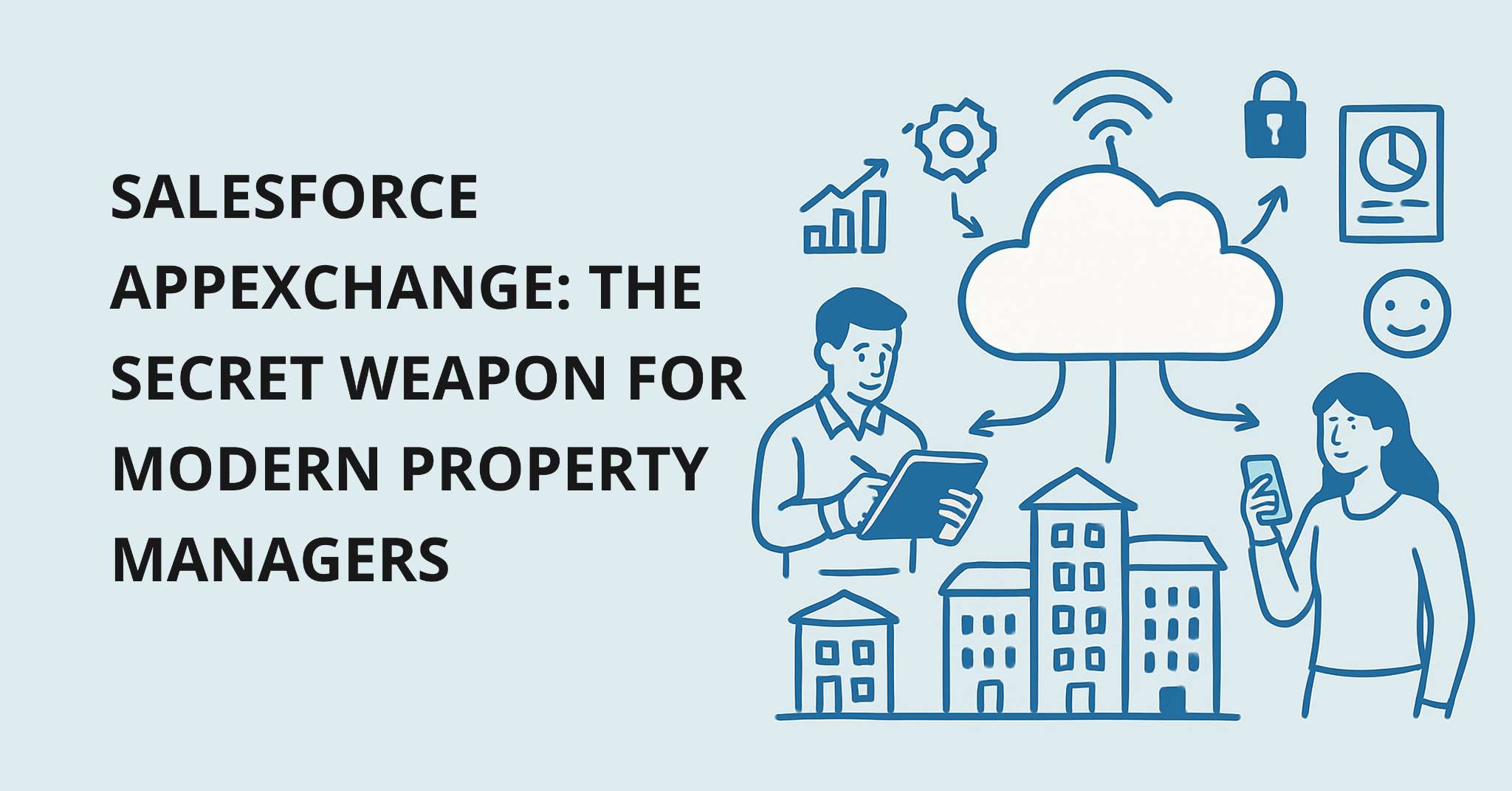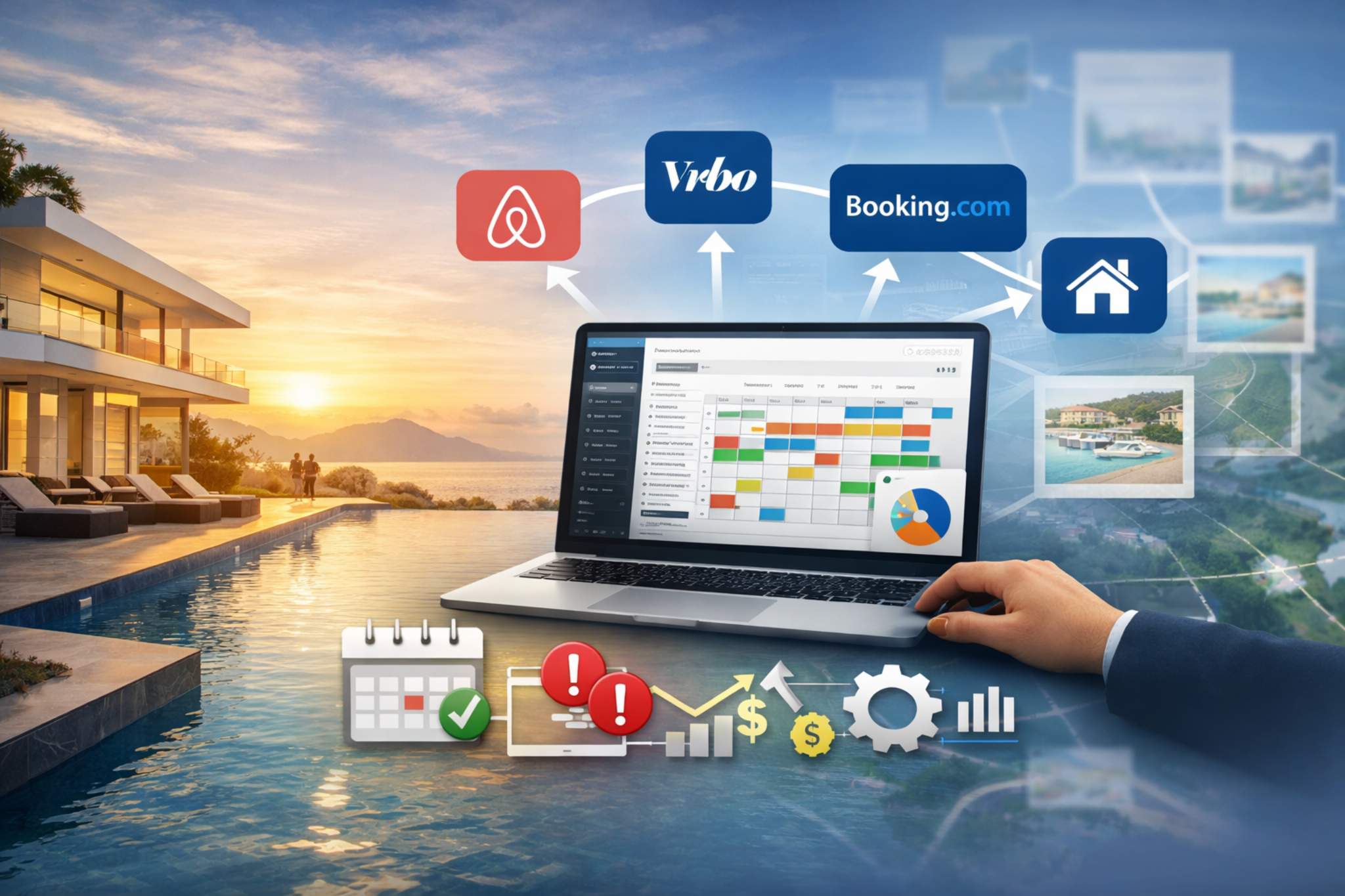What is Rack Rate?
Rack rate is the hotel industry's standard, published room rate. It represents the maximum price a guest can pay for a room, without any discounts or special promotions applied. Rack rates serve as the foundation for hotel pricing, acting as a benchmark that guides all other rate structures.
As a property manager, understanding rack rates is pivotal. Rack rates not only determine your revenue potential, but shape the perception of your hotel's value and exclusivity. Establishing a well-crafted rack rate can be the difference between thriving in a competitive market and falling behind.
What Are The Advantages of Rack Rate?
Maximizing Revenue Potential
Rack rates allow you to capitalize on high-demand periods and special events, enabling you to charge the maximum rate the market will bear. You can optimize your revenue and profitability by strategically adjusting rack rates.
Enhancing Brand Perception
A thoughtfully set rack rate can cultivate a sense of exclusivity and premium value associated with your hotel. This positioning can attract discerning guests who are willing to pay for a memorable experience.
Streamlining Discounting
Rack rates provide a clear starting point for discounts and promotions. This flexibility allows you to offer competitive rates while maintaining a perception of value, effectively managing your occupancy and revenue goals.
Simplifying Rate Management
Rack rates are a central reference point for all other rate structures, simplifying the overall rate management process. This consistency makes for a seamless guest experience and reduces the risk of confusion or errors.
Fostering Transparency
By publicly displaying rack rates, you establish a transparent pricing structure that builds trust with your guests. This transparency can differentiate your hotel in a crowded market and foster loyalty among your clientele.
Predictions for the Future of Rack Rates
The role of rack rates is likely to become more strategic. Here are some key predictions for the future of rack rates:
Dynamic Pricing Dominance
The rise of advanced revenue management and data-driven pricing strategies will drive the adoption of dynamic rack rates. Hotels will increasingly leverage real-time market data to adjust their rack rates, ensuring they remain competitive and responsive to shifting demand.
Personalized Pricing Experiences
Guests will expect a more personalized approach to pricing, with hotels utilizing sophisticated data analytics to offer tailored rack rates based on individual preferences, booking history, and other relevant factors.
Increased Emphasis on Value Perception
In a world of heightened price transparency, hotels will need to focus on crafting rack rates that not only maximize revenue but also convey a clear sense of value to their guests. Striking the right balance between pricing and perceived value will be a key differentiator.
Integration with Emerging Technologies
Rack rate management will become increasingly integrated with property management systems, revenue management tools, and digital distribution channels. This seamless integration will enable hotels to optimize their pricing strategies and better respond to market fluctuations.
Factors Influencing Rack Rates
Setting the optimal rack rate is complex, as property managers must navigate many factors to strike the right balance between revenue maximization and guest perception of value. Understanding the key influences on rack rates is crucial for making informed decisions that support your hotel's overall business strategy.
Market Conditions
The prevailing market conditions in your location are a primary driver of rack rate considerations. Property managers must closely monitor factors such as supply and demand, competitor pricing, and overall economic trends. You can adjust your rack rates to capitalize on periods of high demand while remaining competitively priced during slower periods by staying attuned to the market
Seasonality
The ebb and flow of seasonal travel patterns can significantly impact rack rate strategies. During peak seasons, when demand is high, property managers can command higher rack rates to maximize revenue. Conversely, in off-peak seasons, more flexible rack rates may be necessary to stimulate occupancy and maintain profitability.
Cost Structure
The underlying cost structure of operating your hotel is a critical consideration when setting rack rates. Factors such as labor costs, utility expenses, and maintenance expenditures must fit into your pricing model to achieve your desired profit margins.
Target Audience
Understanding your target guest demographic and their willingness to pay is essential for setting effective rack rates. Property managers must consider the unique preferences, expectations, and price sensitivity of their ideal clientele, tailoring rack rates accordingly to deliver a compelling value proposition.
Brand Positioning
The positioning and reputation of your hotel brand can significantly influence rack rate strategies. Upscale or luxury properties, for example, may command higher rack rates to align with their exclusive positioning, while more budget-oriented hotels may require more competitive rack rates to attract price-conscious guests.
Property managers can develop a comprehensive understanding of the forces shaping rack rate dynamics within their market by carefully analyzing these key factors. This insight allows them to make informed decisions that optimize revenue, maintain a strong brand perception, and deliver exceptional guest experiences.
Mastering the art of rack rate management is paramount for property managers seeking to drive profitability and deliver exceptional guest experiences.
To see the potential payoff of your rack rate strategy, explore Booking Ninjas–a powerful property management system built on Salesforce. Booking Ninjas' advanced room rate controller feature empowers you to effortlessly manage and optimize your rack rates, ensuring your hotel remains competitive and profitable.






_-_A_Complete_Guide.png)











%2Bfor%2BHotel%2BChains-web.jpg)
